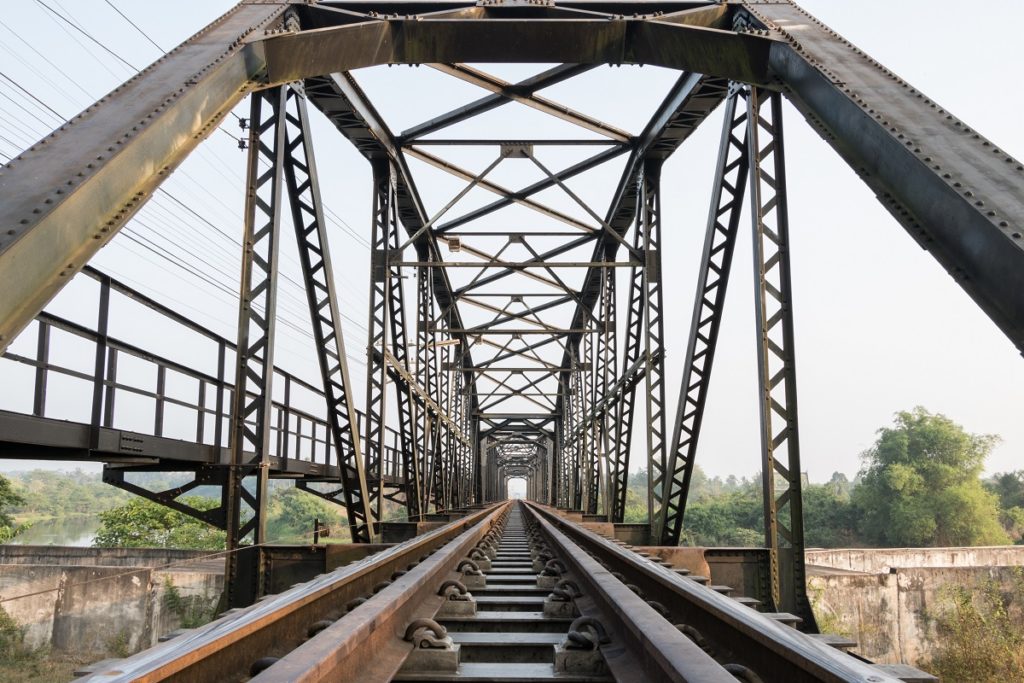Wrought iron is widely used in the construction industry, particularly structures and edifices that have stood the test of time and various civilizations. Wrought iron simply means iron that been heated and then shaped by tools. It has low carbon content and is softer and more malleable than cast iron. This makes it stronger and more resistant to fatigue.
Many engineers and craftsmen have been using wrought iron for its durability, strength and overall appeal. In posh neighborhoods like Beverly Hills, handrails made from wrought iron can often be seen.
Here is a list of some of the most famous wrought iron structures you can see around the world.
Eiffel Tower in Paris, France
Paris’s very own pride and the industrial structure that draws many tourists to France each year, the Eiffel Tower is made up of wrought iron. It was built in the 1880s for the World’s Fair. It was created by Gustave Eiffel.
When the Eiffel Tower was initially built, it received poor attention from the locals, but soon enough it became one of the world’s beloved towers. The iconic tower was once known to be the tallest structure in the world. It stands about 1,063 feet and has attracted almost 300 million visitors to date.
The Iron Pillar of Delhi in India
Another popular wrought iron structure that has stood the test of time and been regarded as a popular landmark in India is The Iron Pillar of Delhi. It is the living testimony of the high level of craftsmanship and skill of the ancient ironsmiths of India.
It is over 1,600 years old, and it was created in honor of their king, King Chandragupta II. It is currently declared and known as a UNESCO World Heritage Site in India. The structure showcases the classic and ancient Indian architecture and is one of the most visited attractions in India aside from the Taj Mahal.

The Bollman Truss Railroad Bridge in Maryland, U.S.
The Bollman Truss Railroad Bridge was created before the Civil War era in the U.S. around the 1850s. The bridge is an all-metal structure made up of wrought iron and materials used in railroads before, which were the core of the U.S. economy.
In 1887, the Bollman Truss Bridge was moved to the Little Patuzent River. It was primarily utilized by Ohio Railroad and Baltimore to connect the savage mill in late 1947 until the mill shut down its operations. It was later on restored in the early 1980s and again in 2000. Later on, it was declared as a National Historic Landmark in the U.S. You can take a short trip to Howard County to have a personal view of one of the world’s best wrought iron architecture.
Wrought iron has been a useful part of our past, present and current engineering and construction industry. There is no denying that this material has stood the test of the time and will continue to be utilized in the business for more and more years to come.

